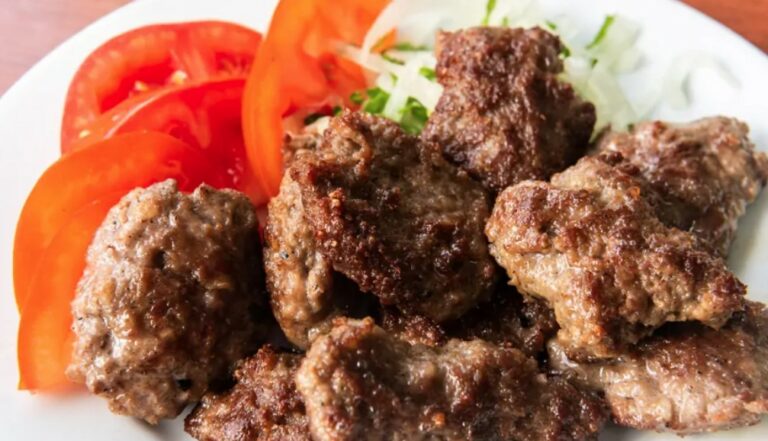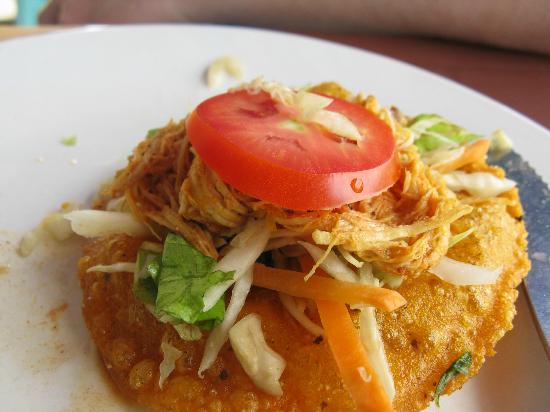Introduction: Argentine Cuisine
Argentina is a country that has a rich and diverse culinary culture that is deeply rooted in its history and geography. It is a country that has been influenced by a variety of factors including the indigenous people, European immigrants, and neighboring countries. Argentine cuisine is famous for its meat-centric dishes such as the asado, but it also includes a variety of other dishes that are unique to the country.
Influence of Neighboring Countries
Argentina is located in the southern part of South America, and it shares borders with several countries, including Brazil, Paraguay, Bolivia, Chile, and Uruguay. These countries have had a significant influence on Argentine cuisine, and their culinary traditions have been integrated into the country’s food culture.
Brazil: Churrasco and Feijoada
Brazil has had a profound influence on Argentine cuisine, particularly when it comes to meat dishes. Churrasco, a Brazilian-style barbeque, has become popular in Argentina, and it is now a staple of the country’s culinary scene. Another dish that has made its way into Argentine cuisine is feijoada, a hearty stew made with black beans and pork.
Paraguay: Asado and Chipa
Paraguay is known for its asado, a slow-cooked barbeque that is similar to the Argentine asado. However, Paraguay’s asado is typically made with a variety of meats, including beef, pork, and chicken. Another Paraguayan dish that has become popular in Argentina is chipa, a type of bread made with cornmeal and cheese.
Bolivia: Empanadas and Salteñas
Bolivia has also had a significant influence on Argentine cuisine, particularly when it comes to baked goods. Empanadas, a type of pastry filled with meat, vegetables, or cheese, are a popular snack in Argentina, and they are believed to have originated in Bolivia. Another Bolivian dish that has become popular in Argentina is salteñas, a type of empanada that is filled with meat and vegetables.
Chile: Alfajores and Merkén
Chilean cuisine has also had an impact on Argentine cuisine, particularly when it comes to sweet treats. Alfajores, a type of cookie filled with dulce de leche, are a popular dessert in Argentina, and they are believed to have originated in Chile. Another Chilean influence on Argentine cuisine is merkén, a type of chili pepper that is used to add spice to dishes.
Uruguay: Milanesa and Chivito
Uruguay has had a significant influence on Argentine cuisine, particularly when it comes to meat dishes. Milanesa, a breaded and fried meat cutlet, is a popular dish in Argentina, and it is believed to have originated in Uruguay. Another Uruguayan dish that has become popular in Argentina is chivito, a sandwich filled with beef, ham, cheese, and other toppings.
Conclusion: Argentine Cuisine’s Diversity
Argentina’s cuisine is deeply influenced by its neighboring countries, and this has resulted in a diverse and unique culinary culture. From Brazilian-style churrasco to Chilean alfajores, Argentine cuisine is a reflection of the country’s history and geography. Despite these influences, Argentine cuisine remains distinct and continues to evolve with new flavors and ingredients.










